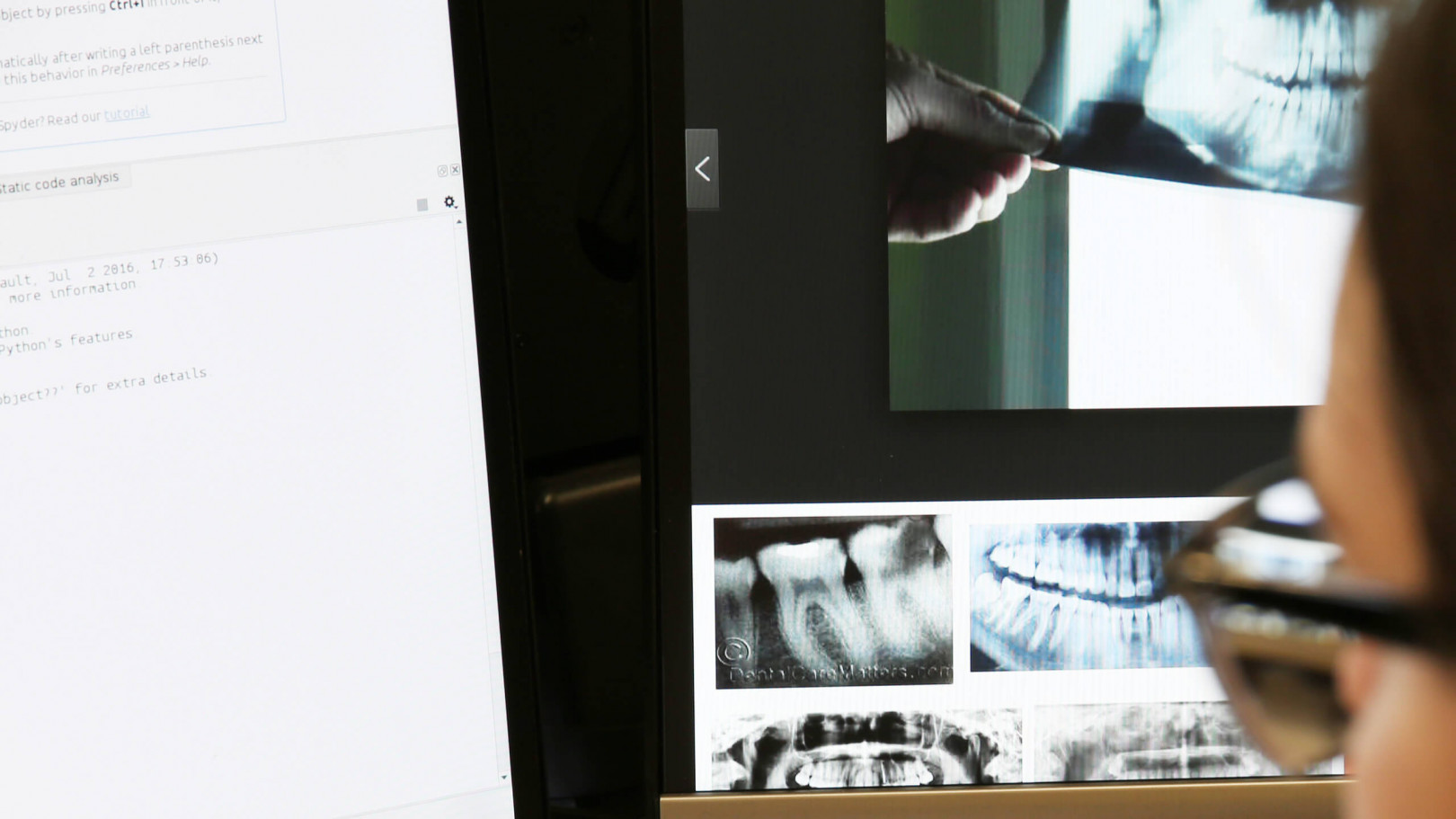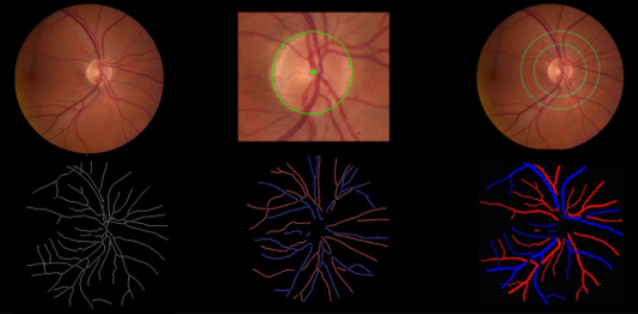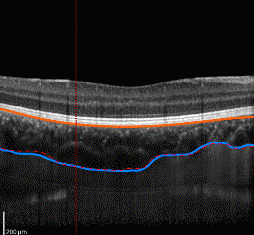About
The main focus of the Biomedical Imaging Lab is the development of advanced image processing and analysis methodologies, particularly medical and biological images, with the aim of creating Computer-aided Diagnosis (CAD) tools to support medical decision making.
The research activities at the Lab use several imaging modalities addressing different clinical departments including in Ophthalmology, Neurology, Radiology, Gynaecology, Obstetrics and Gastroenterology.
Location: FEUP Campus, Porto





